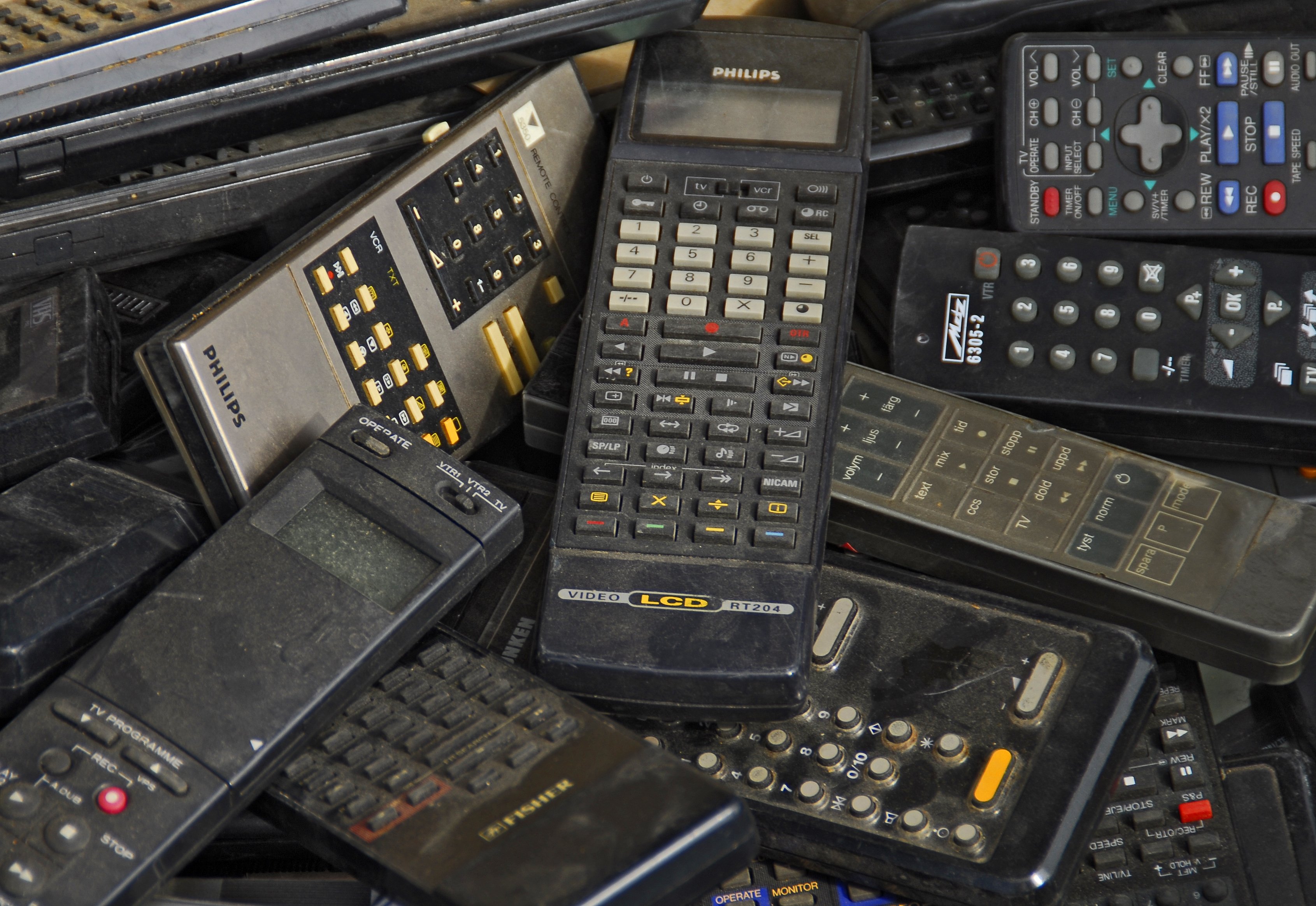This is leading to a similarly expanding rate of e-waste. A bold and urgent answer is needed from the EU to mitigate environmental damage caused by Europe’s exponentially growing reliance on electronics.
27 environmental NGOs call on the European Commission to rapidly overhaul the Waste Electrical and Electronic Equipment Directive (WEEE Directive). Sustainability and the circular economy must play a larger role in future legislation if we are to stay within our planet’s limits – the WEEE Directive offers a valuable opportunity to introduce sufficiency measures for electronics. Its current focus on waste management is inadequate. We call for the WEEE Directive to be revised early in the next Commission’s term. It must include stronger circular economy and sustainable design principles, as well as a material footprint reduction target for electronics.
Eurostat’s new data confirms the trend of more electronics entering the EU market – and more e-waste as a result:
- More than 13 million tonnes of electrical and electronic equipment was sold in the EU in 2021 – an increase of over 85% since 2013.
- Per inhabitant, the biggest consumers of electrical and electronic equipment in the EU are the Netherlands (35.1 kg), Germany (31.3 kg), Denmark (30.7 kg), France (30.5 kg) and Belgium (29.2 kg).
- In 2021, 4.9 million tonnes of e-waste was registered – 3.9% more than in 2020.
This trend is worrying and needs to be reversed. Increasing consumption of electronic devices depletes valuable resources (such as lithium, palladium, and copper), escalates energy demand, and inflicts environmental harm during raw material extraction. This is even worse if equipment is short-lived, difficult to repair, or disposed of incorrectly – which is the case in Europe, where on average, smartphones are replaced every 2–3 years. To mitigate the emissions of such a short use, smartphones would need to last for 25 to 232 years.
Concerningly, gaps in data collection [6] also suggest that large quantities of e-waste are still illegally disposed of as residual waste or illegal exports. Improper disposal of electronics causes significant environmental damage, including lost opportunities for the reuse and recycling of devices and materials, fires ignited by lithium-ion batteries, and the release of pollutants into the environment.
Fanny Rateau, Programme Manager at ECOS – Environmental Coalition on Standards, said: “Our electronics consumption keeps increasing without any consideration for our planet’s capacity. E-waste is piling up – not being reused, not being repaired. The embedded precious metals will not find their way back into the ground. On average, every person in the EU adds more than 16kg of electronic waste to Europe’s e-waste mountain every year [5] – but the WEEE Directive is too weak to limit the environmental damage. It must be rapidly revamped to match the scale of the problem and ensure that we live within our means.”
Barbara Metz, Executive Director of Environmental Action Germany (Deutsche Umwelthilfe – DUH), said: “Producers of electronics must bear more responsibility for the environmental problems caused by their products. Currently, producers have only a small financial burden from treated e-waste because less than 50% of the equipment put on the market is collected. This must end now. Producers must be obliged to participate in networks for e-waste return for which collection and reuse targets must become legally binding. Producers offering short-lived and poorly repairable equipment should also bear higher costs. Online platforms should also be held accountable through full liability and due diligence since suppliers on these platforms often evade their legal obligations.”
Fynn Hauschke, Policy Officer, Circular Economy and Waste at the European Environmental Bureau (EEB), said: “More than 12 million tonnes of electronics were sold in the EU in 2021, but less than half of that amount was collected as electronic waste. Almost every EU Member State fails to reach e-waste collection targets. This causes considerable environmental impacts and lost opportunities for reuse and recycling. There is an urgent need for more consumer-friendly separate collection systems, consumer education, and new financial incentives for actors to achieve high collection rates.”
Edoardo Bodo, Environmental Policy Officer – RREUSE: “Current legislation on WEEE management in the EU is held back by a fundamental flaw: allowing producers to meet environmental obligations by indiscriminately recycling everything, often including items that are still in working order. Every time a functional piece of equipment is prematurely recycled instead of being repaired, we squander economic value and deplete valuable resources, while missing the opportunity to move towards a more circular economy. Hence the significance of establishing re-use targets in the next revision of the WEEE Directive, as a clear commitment to stop destroying our used electronics instead of giving them a new life.”










